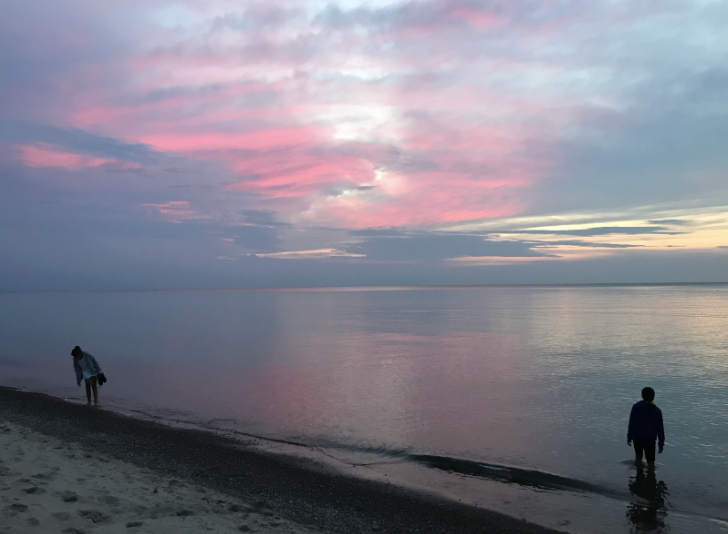Review: The Revenant
A Beautiful, Visceral Film
February 2, 2016
Alejandro G. Iñárritu’s epic western thriller The Revenant is a paradox. The story is ugly: a grisly tale detailing the vengeful comeback of 19th century mountain man Hugh Glass (DiCaprio) after being mauled by a grizzly bear and left for dead by his crew of fur-trappers, searching for the man who killed his only son. The film itself, on the other hand, is beautiful. Cinematography director Emmanuel Lubezki creates magnificent frames of the North American wilderness, balanced by up-close-and-personal images of the characters at their most desperate and most despicable. By up-close-and-personal, I mean he literally places the camera so close to the actors’ faces that their breath condenses on the lens.
This balanced portrayal of the brutality of 1800’s-era America and the sheer beauty of the landscape in which these incredible events take place is the essence of what makes The Revenant great. One of the film’s opening scenes shows Glass and his men trudging through a waterlogged forest hunting elk, with sunshine glistening on the shallow pool of water and the scattered tree trunks stretching up beyond the frame. Immediately after this serene view, however, comes a gruesome depiction of an ambush by the natives on Glass’s camp, complete with arrows through the neck and amputated men dragging themselves across the muddy forest floor. Glass and the small remainder of his men escape the fight in safety, allowing the filming to once again return to its overwhelming views of the awesome landscape.
Along with the stunning cinematography of Iñárritu’s film, the performances of both Dicaprio and the villainous Fitzgerald (Tom Hardy) are impressive. While DiCaprio endures both in and out of the film (getting attacked by a bear in the movie and literally sleeping inside the carcass of a dead horse on set), Hardy captures the ruthless and unforgiving demeanor of his despicable character, while channeling the personality of the common man at that time with an impeccable country accent.
Beyond the technical aspects of the film and its riveting artistic qualities, what really stands out about The Revenant is the intensely personal view into the lives of men at this period in America’s history. No other film captures the barbaric nature of the 19th century working mountain man’s life, from the daylong treks across snow-covered terrain right down to the clothing and equipment used to create these cutthroat characters. The closest contender in this sub-genre of film is the 1972 film Jeremiah Johnson, starring Robert Redford, in which a man (Redford) resorts to a life of mountaineering and survival, experiencing the ongoing turf war with the natives, the unforgiving lifestyle of the “Wild West”, and the struggle to survive amidst the tenacity of nature. These themes not only dominate Iñárritu’s modern masterpiece, but steadily drive the cinematic experience that is The Revenant.




